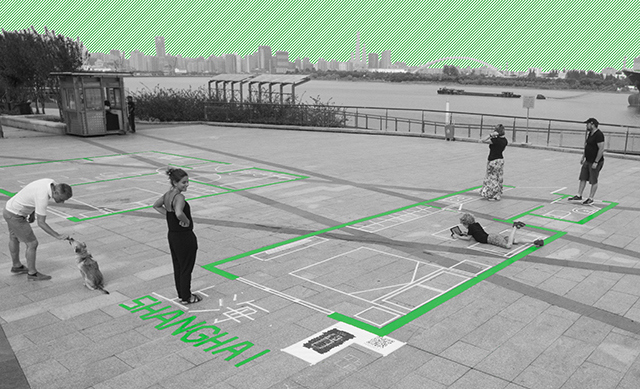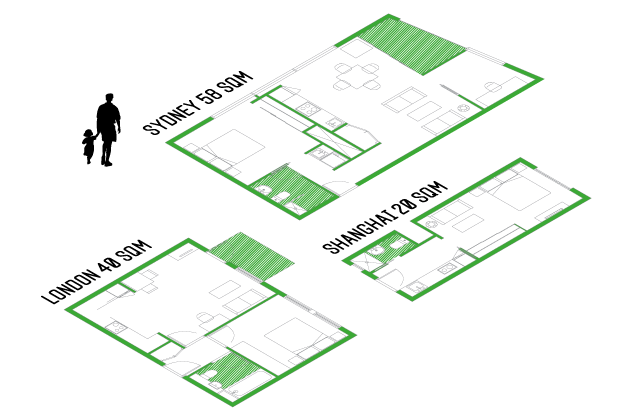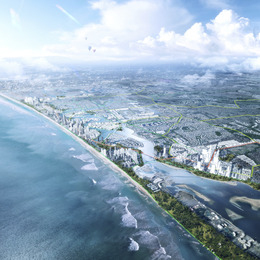Global 1-to-1

How does apartment living measure up across the world?
By David Tickle with illustrations by Matty Kapeleri
It’s the same story no matter where you go in the world: big cities are running out of housing.
As debate rages on over how to tackle housing affordability – and the pros and cons of density – we wanted to start a practical conversation with the community about personal and public space. How much do we want, and how much do we need?
Our aim was to challenge traditional thinking by getting people to walk in someone else’s space – for just a few minutes. So we decided to do a public demonstration – an interactive, visual comparison of typical one-bedroom apartments from three major cities around the world.
TAKING OUR TAPE AROUND THE WORLD
As part of the Sydney Architecture Festival, Hassell set up a ‘Global 1:1’ housing demo in the city’s Central Park development. On the ground there, we taped down the typical dimensions of one-bedroom apartments in Sydney, Shanghai and London.
Taking it one step further, we outlined all three apartments within the dimensions of the typical Australian stand-alone dwelling. At more than 200 square metres, there was no problem fitting all three apartment plans in this space.
The Hassell studios in London, Shanghai and Hong Kong joined the project. In London, our designers took their tape to Battersea Power Station. Our Shanghai staff created a display in the riverside area of the West Bund, while the team in Hong Kong chose a space at Hong Kong Polytechnic University.

LIVING SPACE – HOW MUCH DO WE HAVE, WANT AND NEED?
Across the world, the differing amounts of floor space were thrown into stark relief. The Shanghai apartment measured up at just 24 square metres against the 40 square metre and 58 square metre apartments in London and Sydney, respectively.
In Shanghai, an elderly couple walked around the Sydney apartment and wondered what they’d do with so much room, while in Sydney most people were taken aback by the small size of the Shanghai living space.
The statistics on the average residential floor space per person are even more startling – from just 15 square metres per person in Hong Kong to nearly six times that in Australia, the world’s largest, at 89 square metres.
The numbers don’t lie: there’s a huge variation in the space we have – and expect – depending on where we live in the world. As we look for practical and realistic ways to manage supply and demand, it’s worth re-thinking what we really need to be happy.
Most people would be happy in a smaller home if it meant they were closer to work, transport, friends and family.





